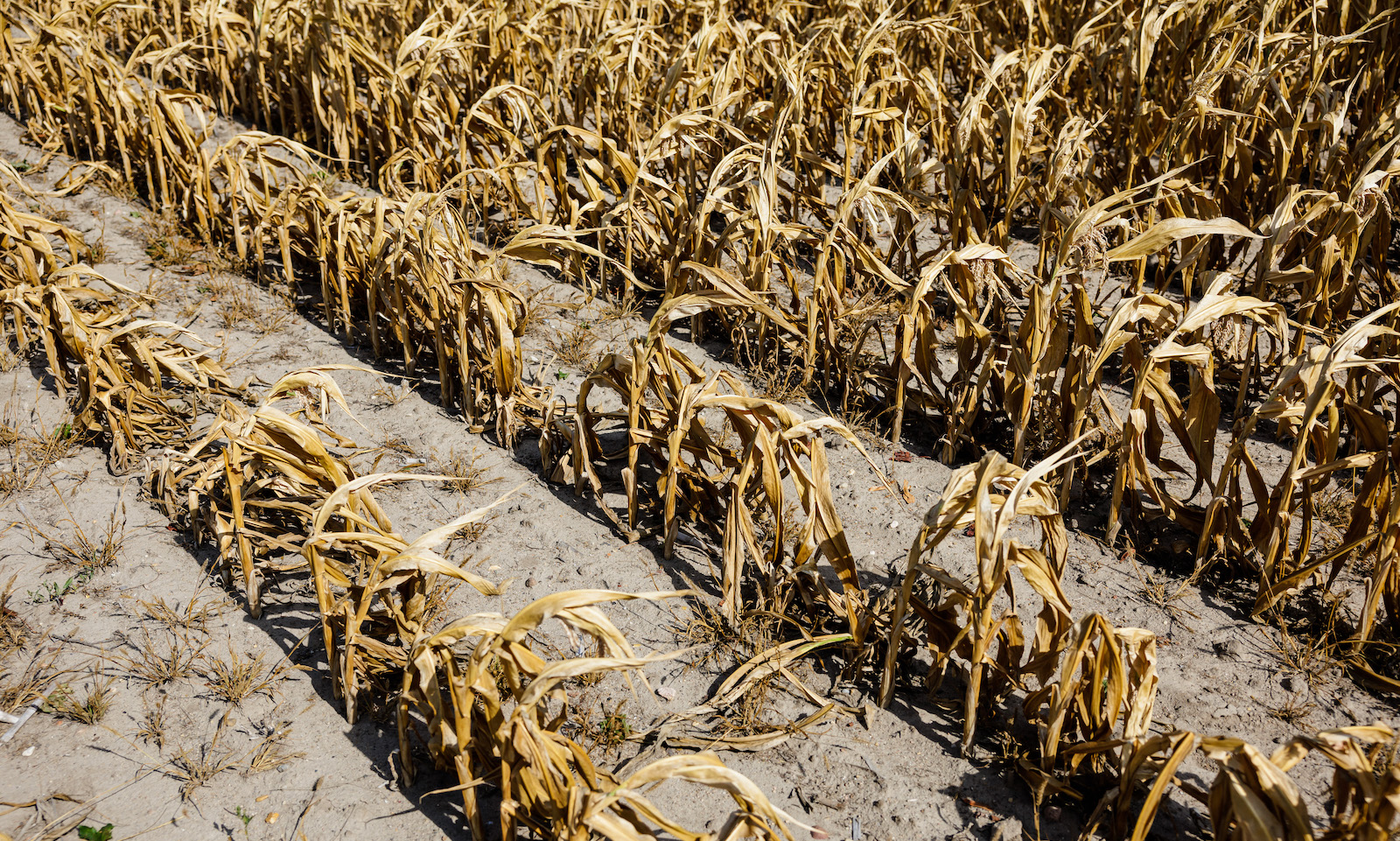The United States doesn’t have any federal laws that say electric utilities have to switch to carbon-free power. We don’t yet have any national rules mandating the sale of electric vehicles or plans to phase out oil and gas drilling. Despite years of talk about a tax on carbon, we don’t have that either. What we do have, when it comes to regulations that address climate change, is a decidedly duller but still effective tool called the social cost of carbon, or SCC.
The social cost of carbon is a dollar amount that approximates the cost to society of adding — or the benefits of not adding — 1 metric ton of carbon dioxide to the atmosphere. It is underpinned by scientific models that look deep into the future to estimate what that CO2 will mean in terms of lost lives, reduced crop yields, and damage caused by rising seas. The government uses this number as one of several key metrics to evaluate the costs and benefits of policies that affect greenhouse gas emissions, like fuel economy standards for vehicles or oil and gas leasing plans. It makes decisions that increase carbon output look a lot more expensive than those that do the opposite.
But perhaps not expensive enough. A new study published in the journal Nature on Thursday found that the social cost of carbon should be more than three times higher than the $51 dollar figure the Biden administration currently uses.
“We are vastly underestimating the harm of each additional ton of carbon dioxide that we release into the atmosphere,” said Richard Newell, president of the nonprofit think tank Resources for the Future and one of the authors of the study, in a press release. “The implication is that the benefits of government policies and other actions that reduce global warming pollution are greater than has been assumed.”
The study arrives as the administration’s plans to re-evaluate this crucial metric have stalled. One of Biden’s first executive actions called for publishing a new social cost of carbon by January 2022 along with recommendations for improving the way it is calculated. Progress was delayed by lawsuits, and the administration has not announced a new timeline for the update. In the interim, the government is using a social cost of carbon of about $51, relying on the methodology used by the Obama administration.
“This Administration remains committed to accounting for the costs of greenhouse gas emissions as accurately as possible,” a spokesperson for the White House’s Office of Management and Budget told Grist. “We continue to assess how best to account for these costs in regulatory and budgetary contexts in the future.”
The new study finds that each ton of carbon dioxide emitted costs society about $185 in today’s dollars. To arrive at that number, the research team followed the recommendations laid out by a 2017 report by the National Academy of Sciences, an independent advisor to the federal government, that identified flaws in the Obama-era methodology. For example, the National Academies report noted that much of the climate research that fed into the official social cost of carbon, such as papers estimating the cost of agriculture and public health-related impacts of climate change, was from the 1990s and early 2000s. Experts have also criticized the government’s method for not adequately accounting for the range of uncertainty in the underlying climate and economic models.
Kevin Rennert, director of the federal climate policy initiative at Resources for the Future and one of the lead authors of the new study, said he and his co-authors used updated climate models and estimates for population and economic growth that better account for the uncertainty of those predictions. They also incorporated the latest science on translating changes in the climate system into damages in the economy, bringing in expertise from different disciplines. For example, another one of the authors, Kevin Cromar, an associate professor at New York University’s school of medicine, convened 26 public health experts and climate economists last year to improve estimates of how each 1 degree Celsius (1.8 degree Fahrenheit) increase in temperature will affect mortality around the world.
“That’s been a really fundamental piece of our work to try to have those with subject expertise feeding into the process,” said Rennert. They found that their estimate of deaths related to climate change was the largest factor driving up the social cost of carbon, contributing about $90 to the $185 total.
Tamma Carleton, an economist at the University of California, Santa Barbara who was not involved with the study, said it “marks a substantial improvement upon SCC estimates previously developed by the U.S. government, underscoring the importance of keeping policy values in line with the scientific frontier.” Carleton is part of another team assessing the costs of climate change.
The authors note that even their estimate is conservative. Their model does not account for a number of costs associated with rising temperatures, like biodiversity loss, reduced labor productivity, increased conflict and violence, and climate-related migration. But in addition to calculating a new social cost of carbon, they created a model and software that other researchers can download and run for free, enabling other subject matter experts to “to write a very small piece of code that represents their research and feed it into the broader community that is building these models,” said Rennert.
“These tools will make it easy for future scientists that haven’t even thought about the social cost of carbon yet to bring their expertise to this very important problem in a transparent way,” he added. “That is what is going to continue to evolve the science.”



